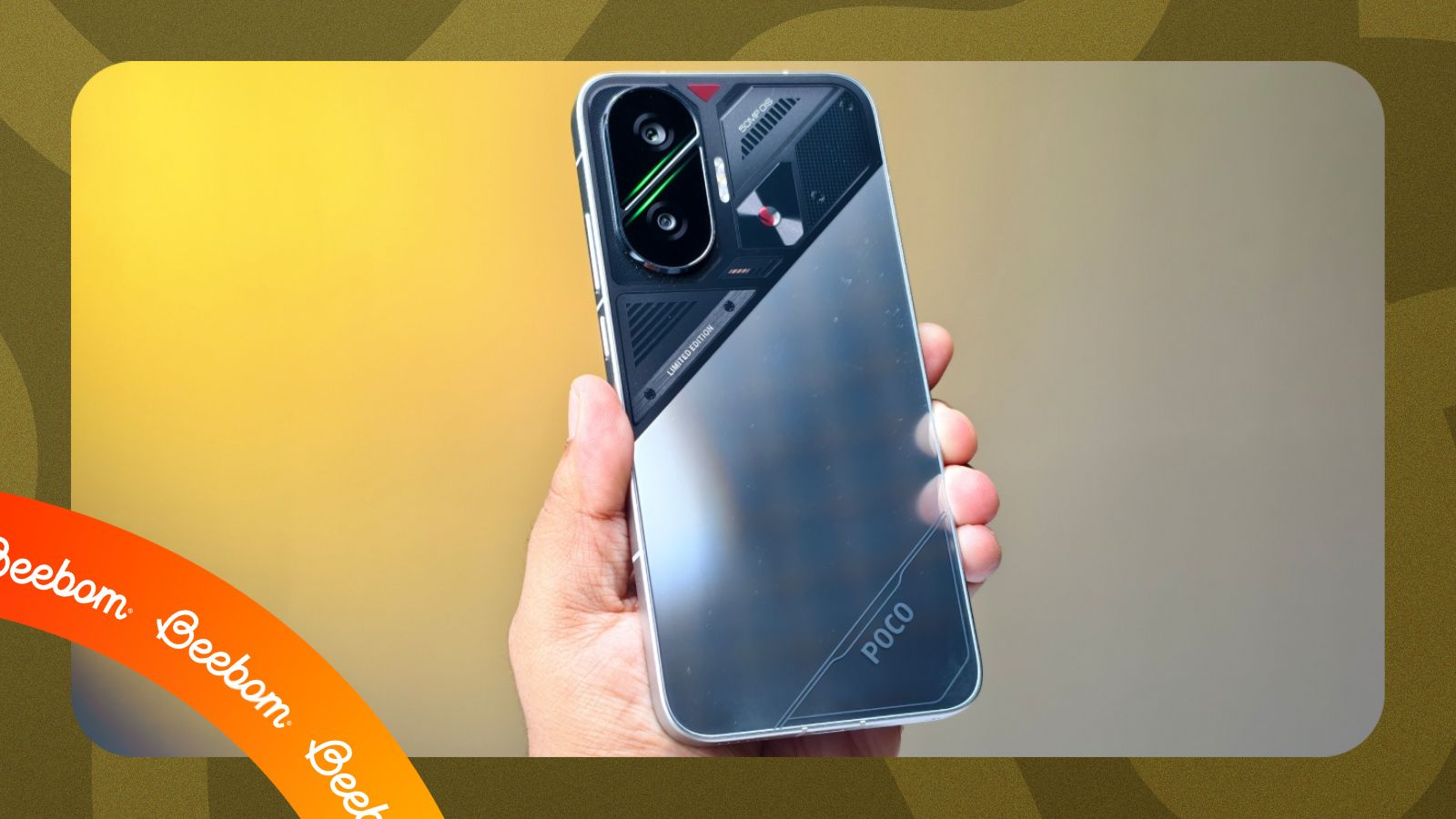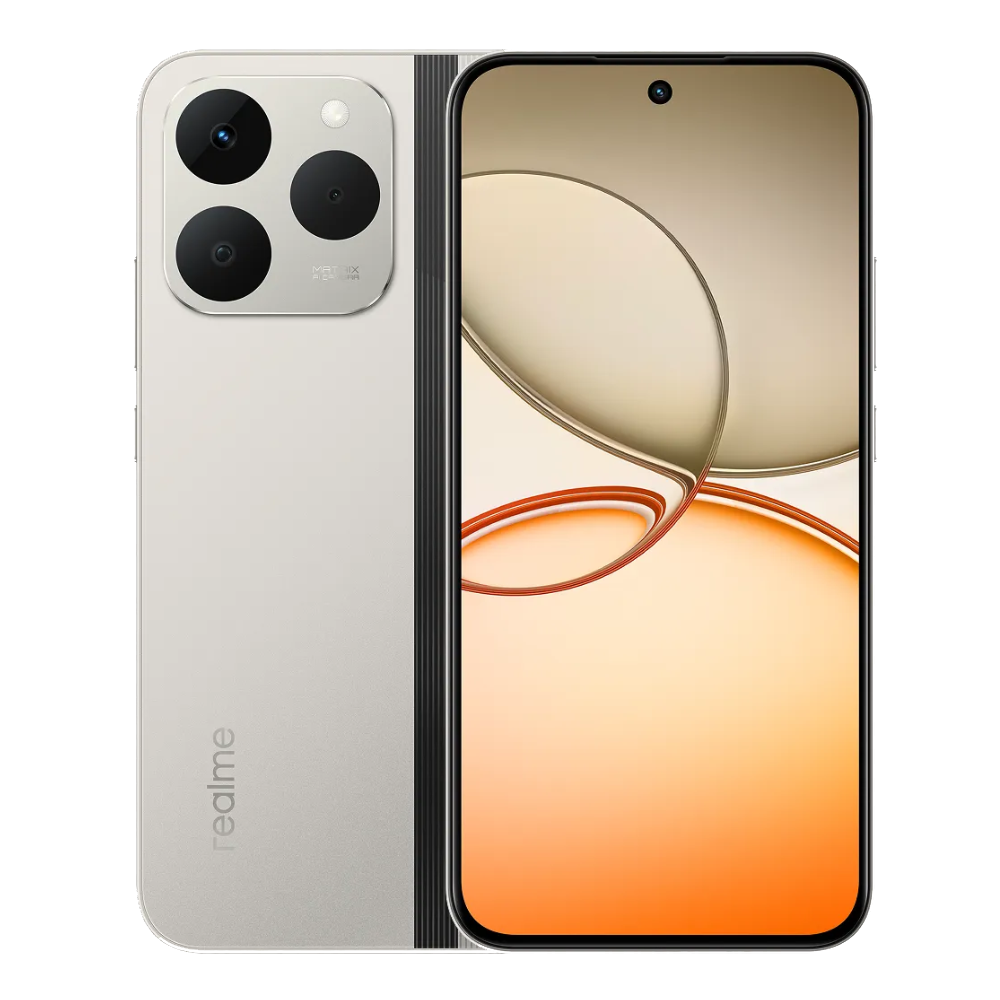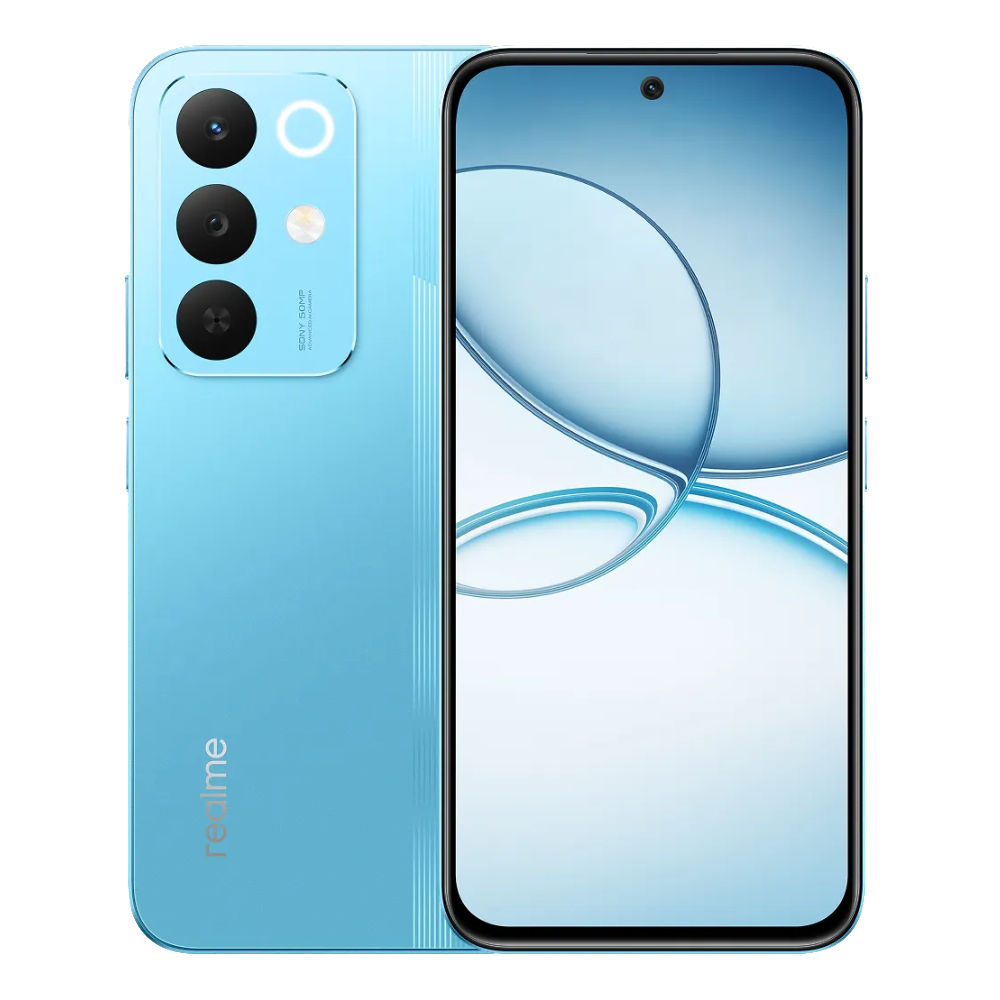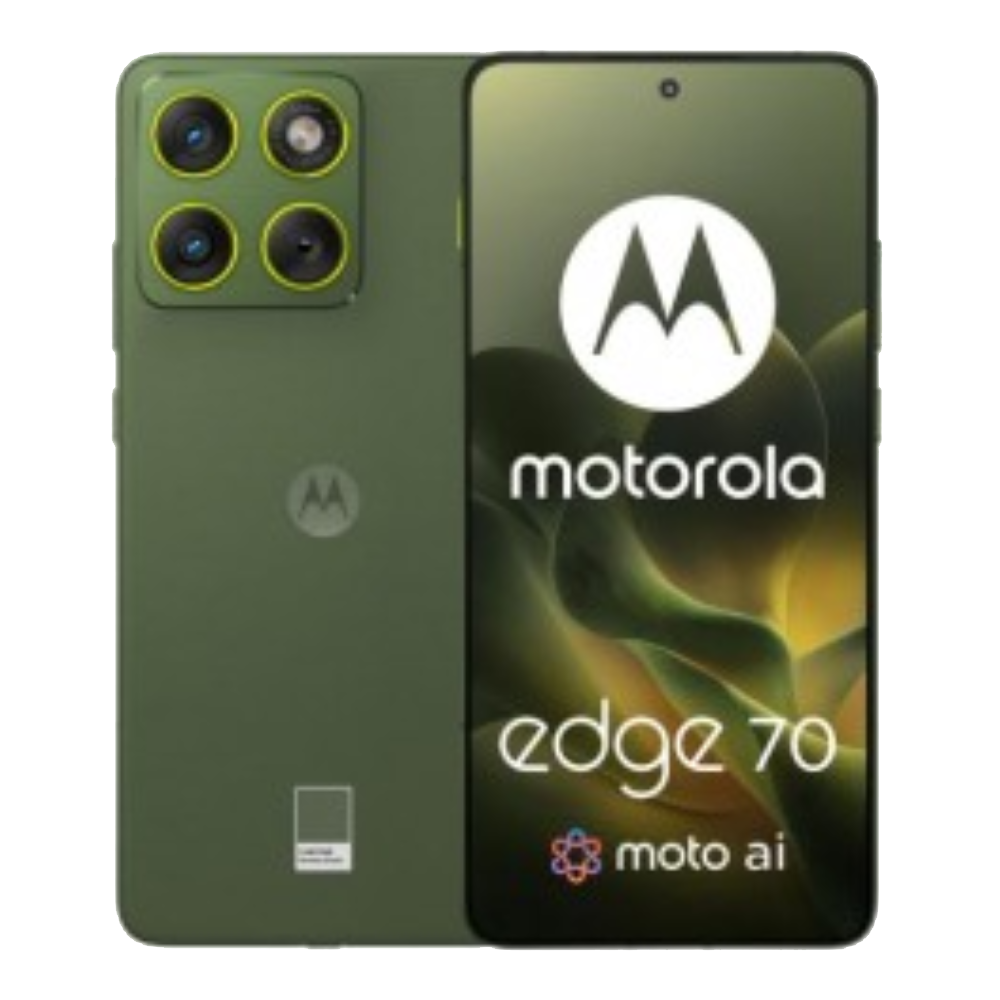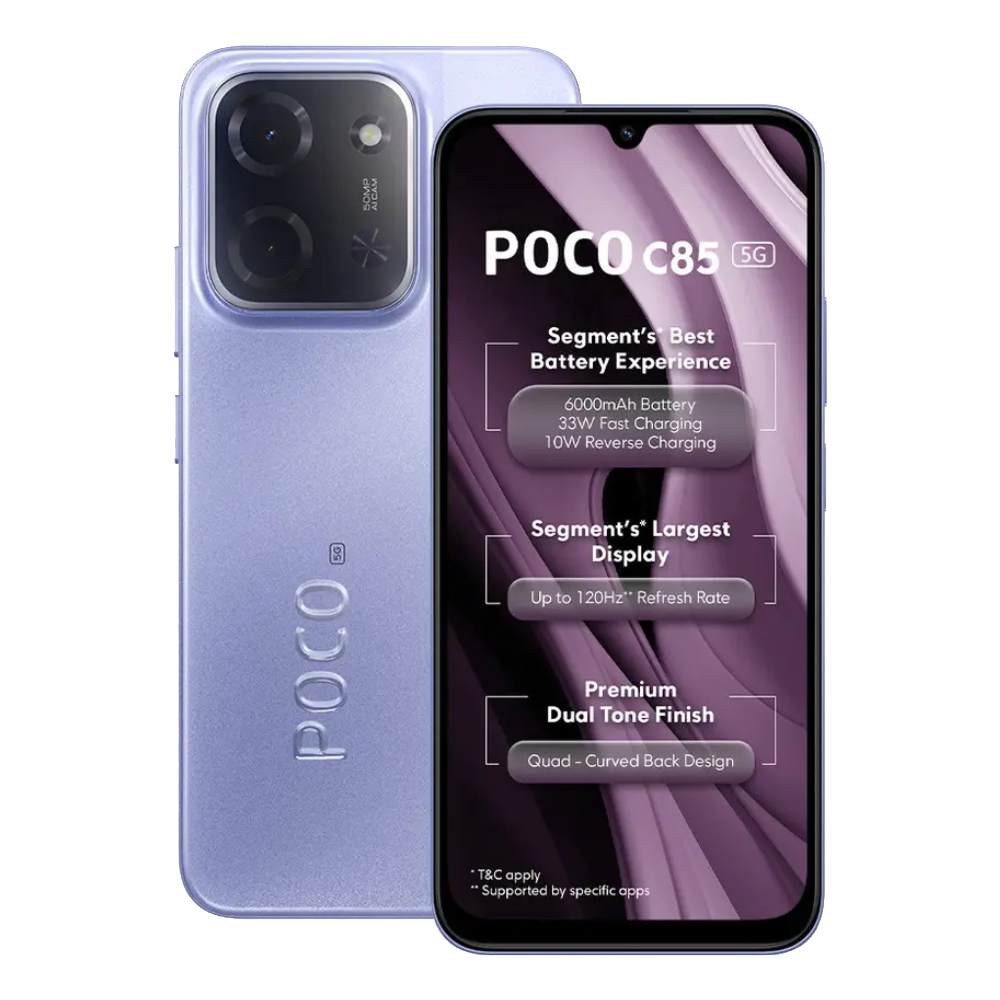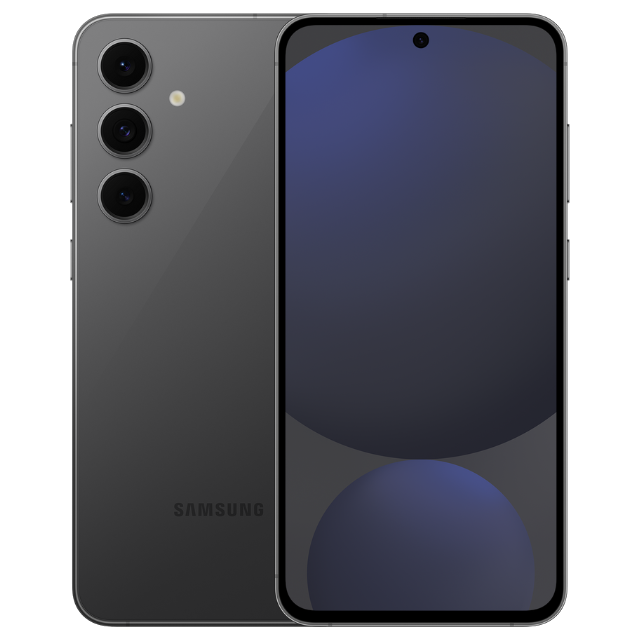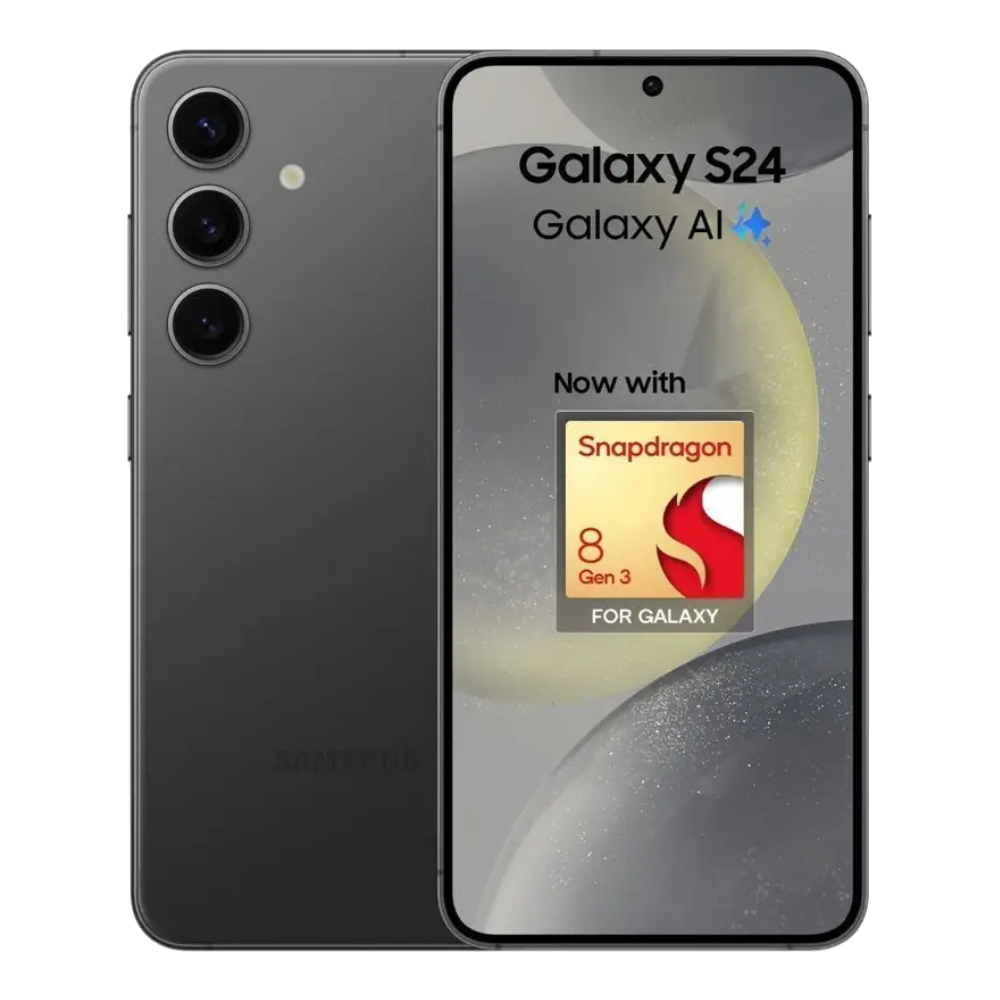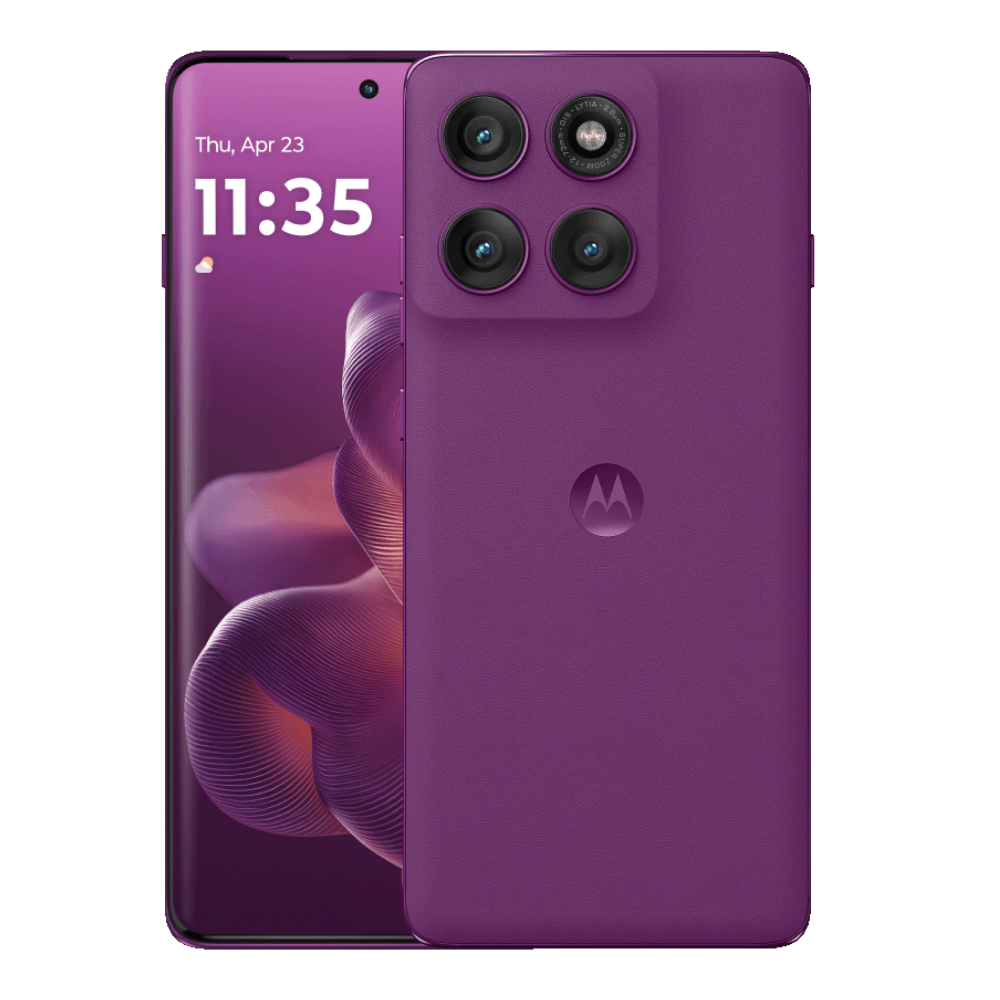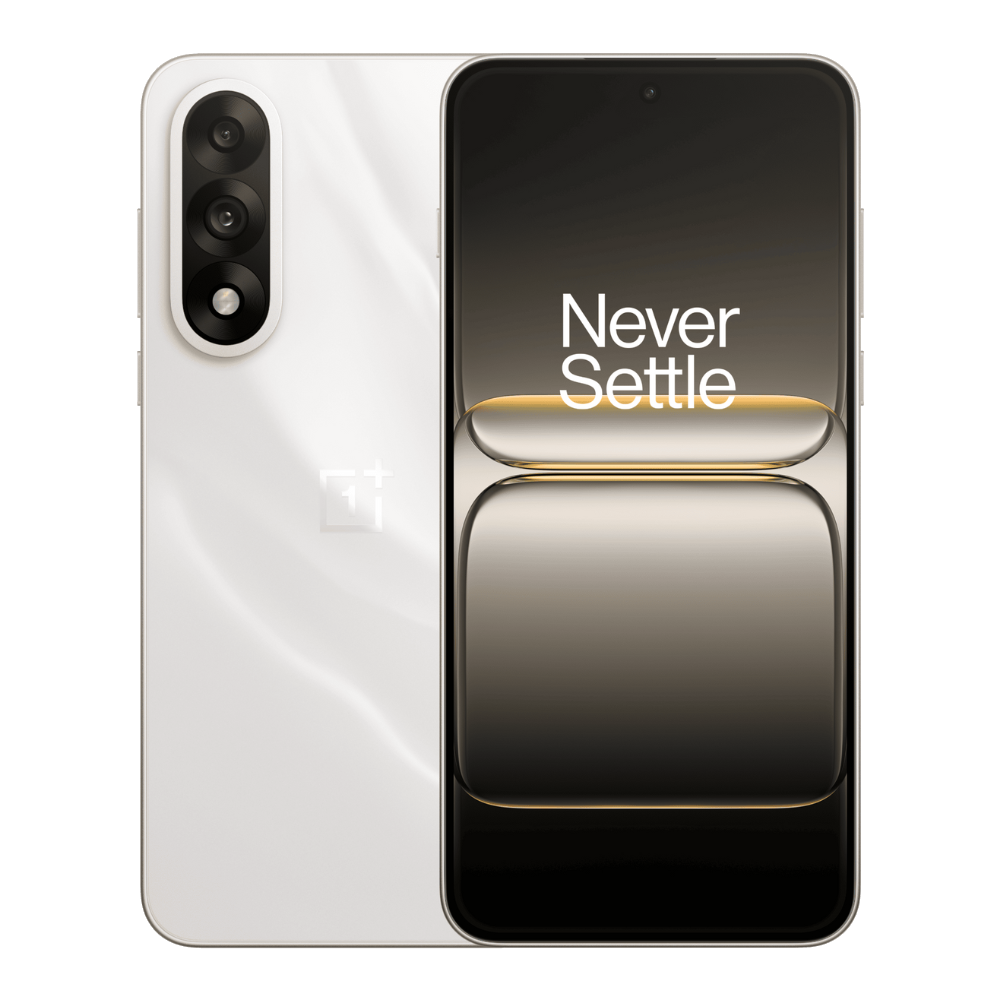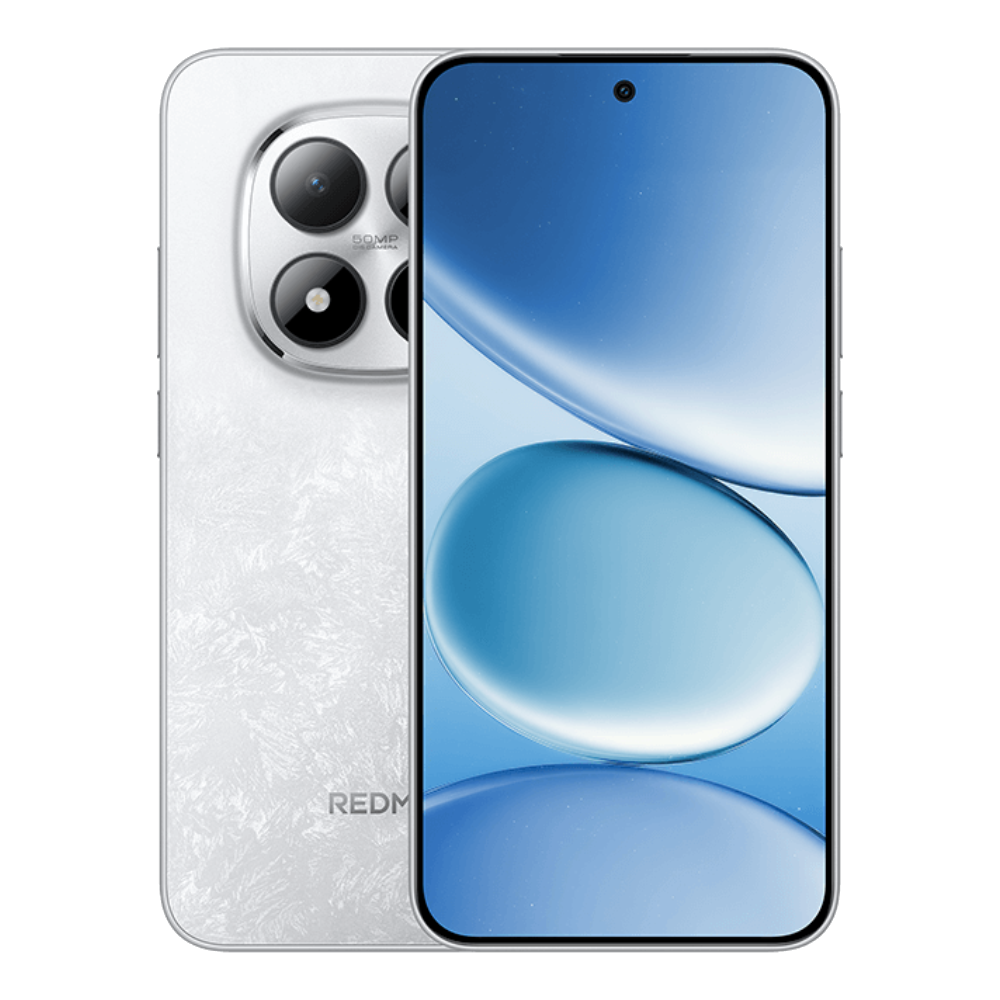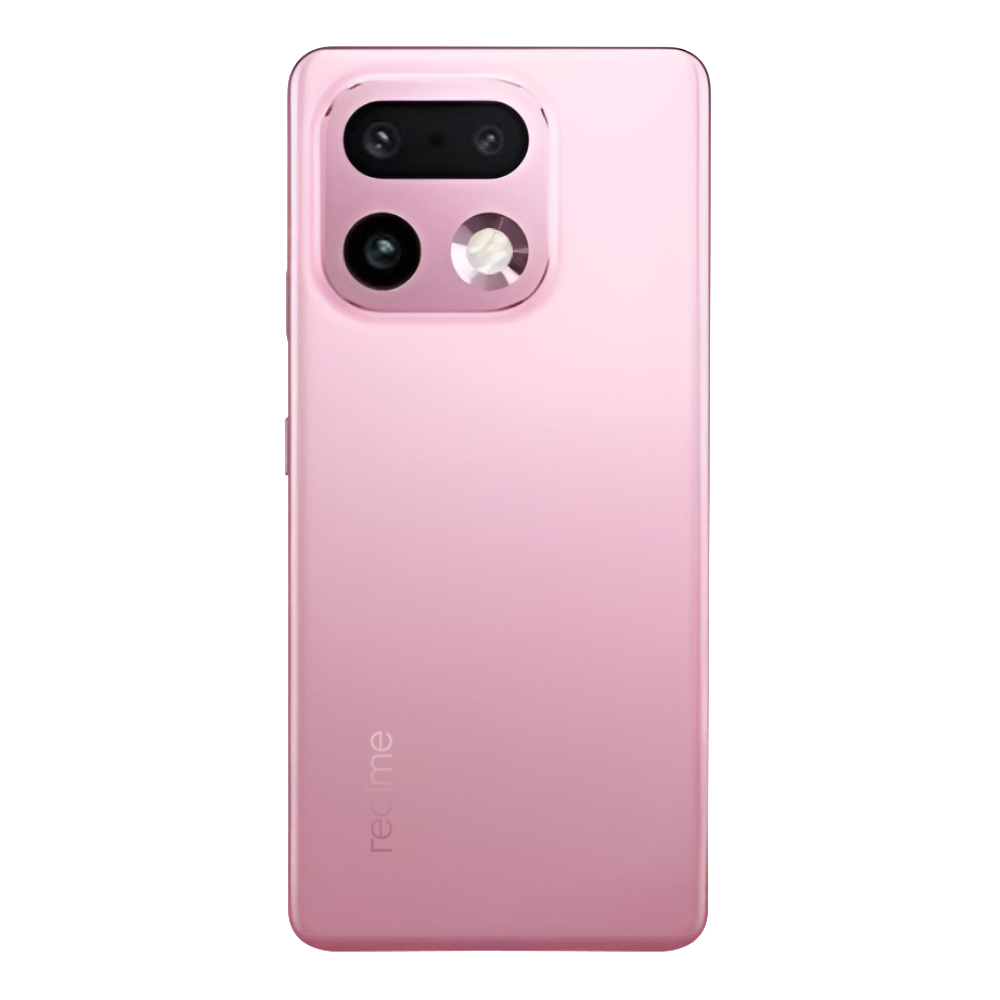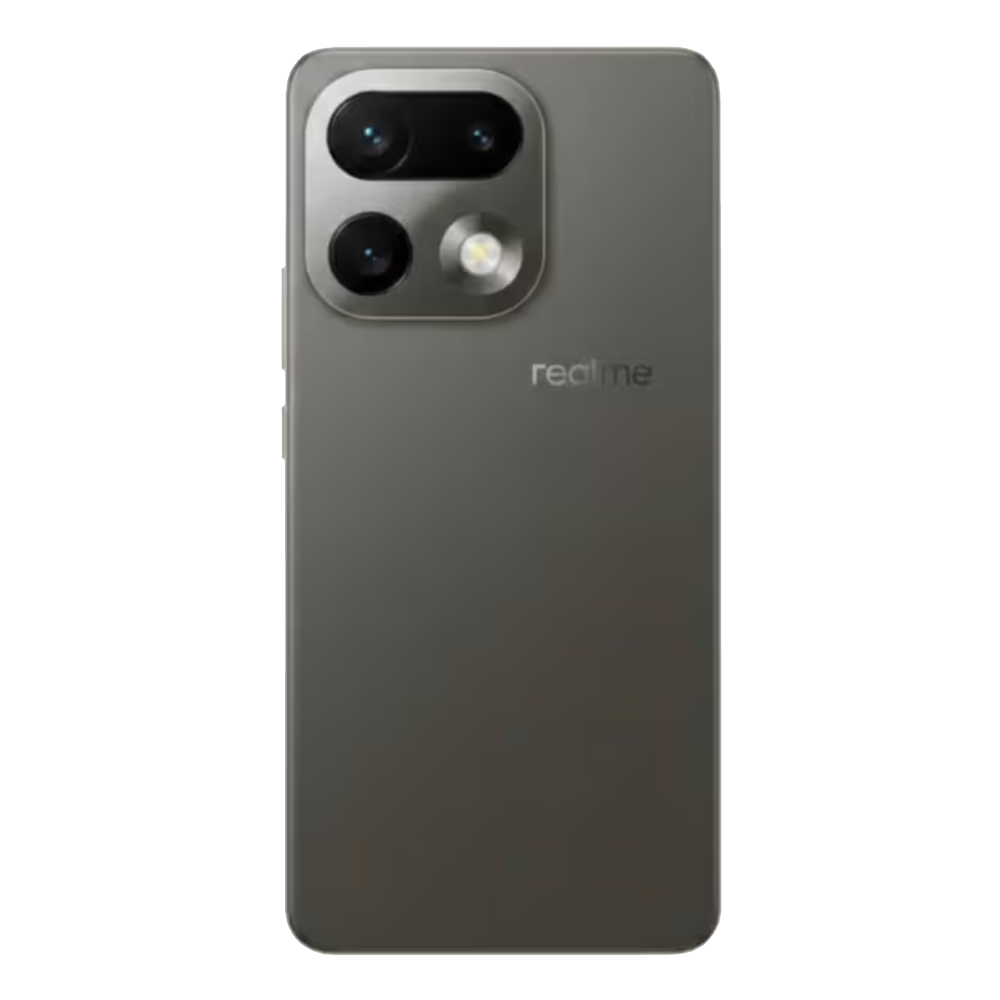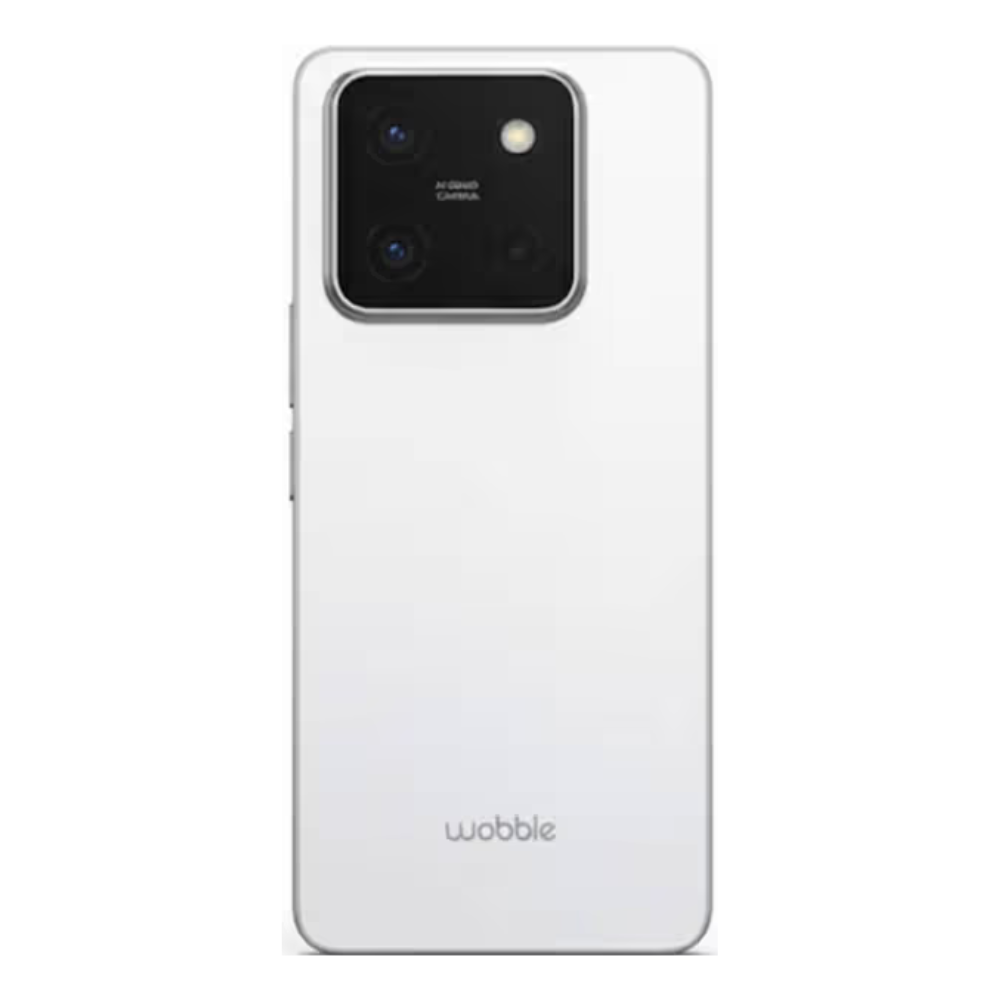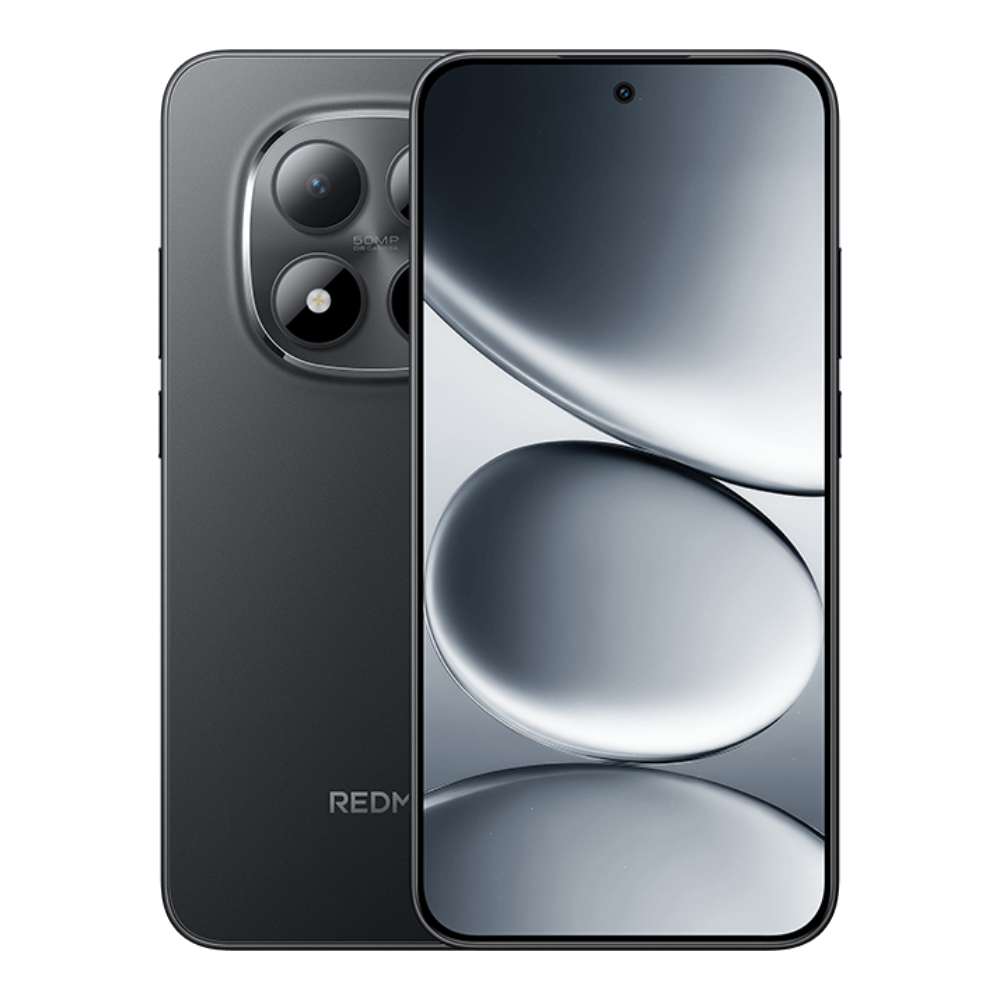
Beebom
Rating8
The Poco F7 stays true to the flagship killer spirit with a bold design, bright OLED display, excellent performance and 90W fast charging. However, it comes with compromises like a poorly optimised software experience, inconsistent cameras, and a hefty build. If you’re looking for raw performance and gaming is what you do in the sub-Rs 30,000 segment, the Poco F7 is a compelling choice.
Pros
Unique design and solid build
Great performance
Huge battery with fast charging
Up to four major Android updates
Good for media consumption
Cons
Quite Hefty
Average cameras
Lower than expected battery life
Mediocre software experience
Most flagship killers today feel more like premium mid-ranger phones with compromises rather than true flagship alternatives. Poco, however, has managed to keep the spirit alive better than most, ever since the release of the Poco F1. Its recent release, the Poco F7, is another attempt to prove that flagship killers can still deliver without cutting too many corners, but does it? I’ve been using the Poco F7 for the past three months, and here’s my review.
Poco F7 Unboxing
The unboxing experience of the Poco F7 was fairly standard. The retail box comes in black, and Poco's yellow text contrasts well. In the box, you get:
- Poco F7 Cyber Silver Edition
- 90W fast charger
- USB-A to USB-C cable
- A clear case
- SIM ejector tool
- Paperwork
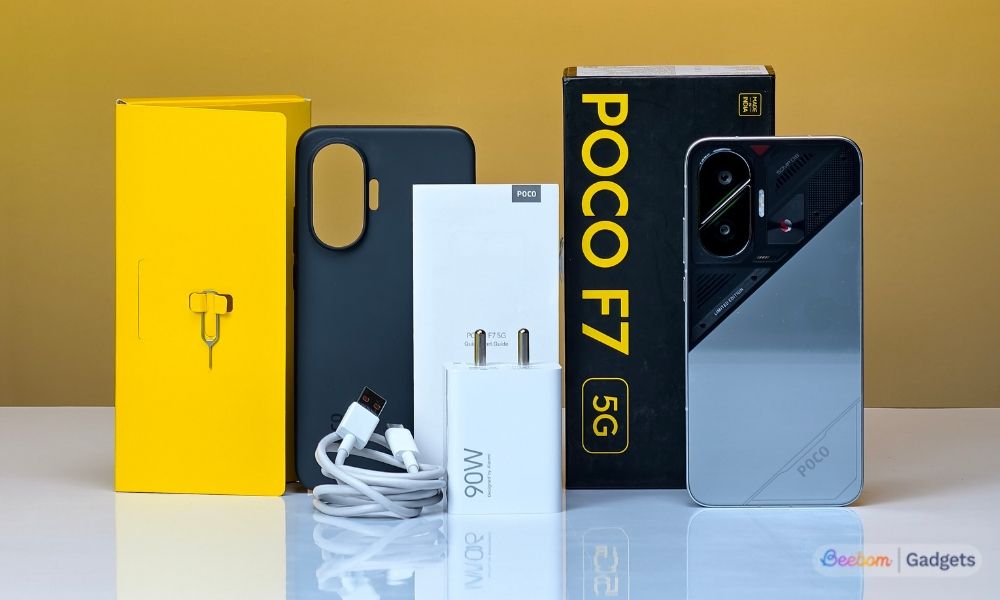
I'm glad that Poco decided not to skip the charger. People eyeing value-for-money devices want every penny to be well spent. In which case, asking them to buy a charger separately is a practice that I'm not very fond of. A big thumbs up from my end, Poco.
Before you head to the in-depth review, check out the key specification of the Poco F7 phone below:
Poco F7 Key Details
- 1.5K AMOLED
- Dolby Vision
- 90Watt (wired)
- Charger in the box
- 256GB (UFS 4.1)
- OmniVision OV20B
- 1080@60fps
- Adreno 825
- Sony IMX882
OIS
4K@60fps
- Gorrila Glass 7i (Back)
- Metal Frame (Side)
- IP66/68/69 (Dust and Water Resistant)
- 4 year(s) of OS Update
Poco F7 Design and build
- The Poco F7 measures 7.98 mm in thickness but with a hefty 224 grams weight.
- It features an aggressive dual-tone design with party-transparent back and visible elements like screws and grille.
- The front is protected by Corning Gorilla Glass 7i
Right off the bat, the Poco F7 makes it extremely clear what its target audience is, especially the Cyber Silver Edition that I got. The phone has got gamery aesthetics with a pretty hardcore dual-tone design. The slanted and immediate colour separation between the two halves adds a bit of aggressiveness to the design, which is complemented well by the Snapdragon logo in the top half.
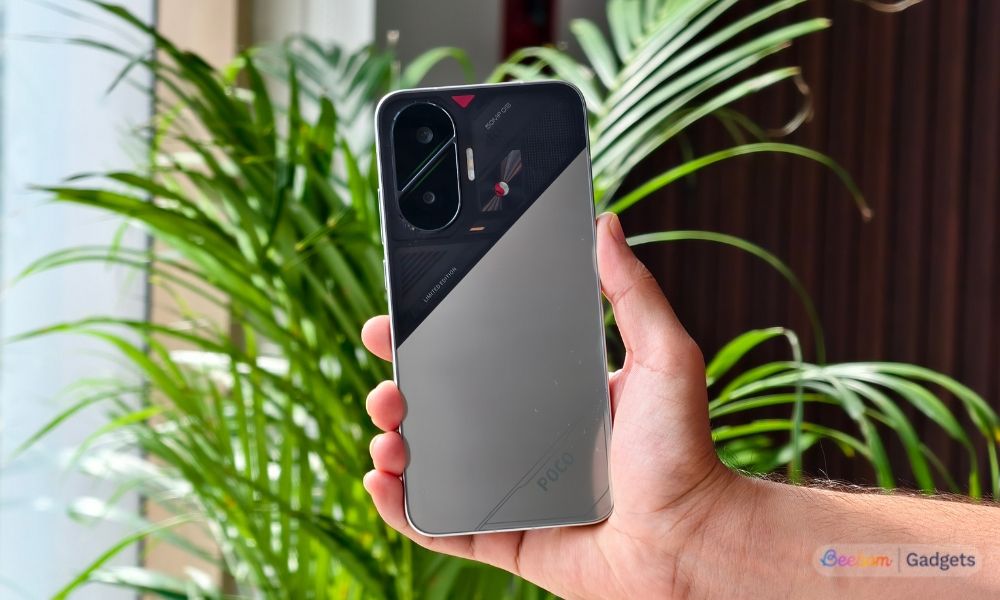
The vertical camera module at the top right has rainbow accents between the two lenses, which at first looked like LED strips. Their colour changes depending on the angle at which light shines on them. The tiny elements like the visible screws, grippy textures, the red-accented triangle and what looks like a heat vent all elevate the look of the smartphone.
While it's easily one of the best-looking devices in its segment, it's definitely not the most comfortable to hold. Although quite slim at 7.98 mm, the phone weighs a whopping 224 grams, and the heft is quite prominent. With the case on, it weighs 245 grams, which is a lot considering the current generation foldables, even with their hinges weighing just below 220 grams.
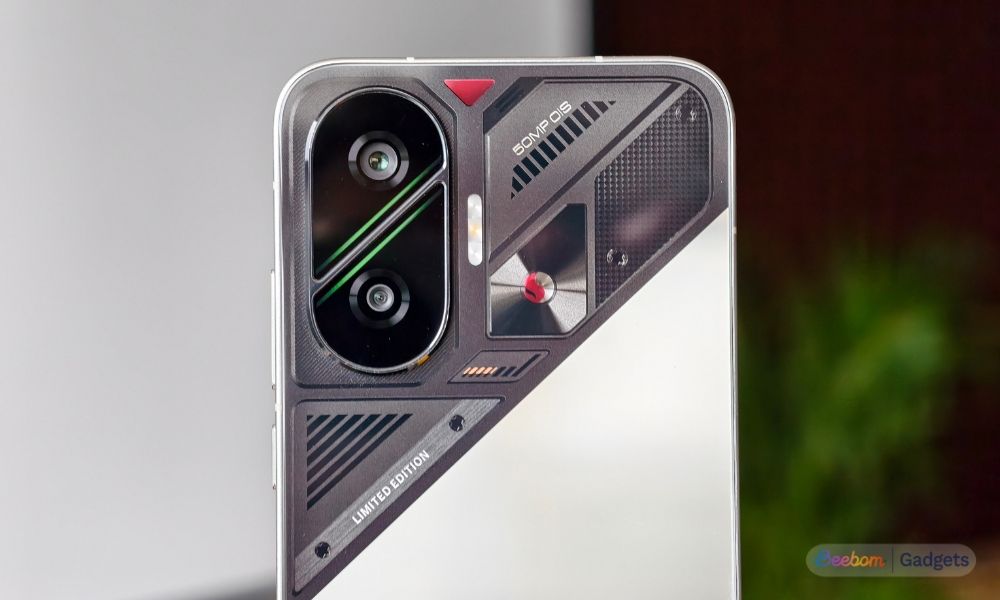
The power and volume buttons are to the right, while the USB 2.0 Type-C port, speaker, microphone and SIM slot are all at the bottom. The top hosts a secondary speaker while the left is clean.
In my experience, the volume buttons felt slightly more tactile than the power button. Reachability was not an issue, but I always used the device with a case, as the back is slippery and attracts fingerprints like there's no tomorrow. Overall, though, it's easily one of the more well-built Pocos we've seen so far, and also the most hefty Poco yet.
Poco F7 Display quality
- 6.83-inch 1.5K LTPS pOLED display, Corning Gorilla Glass 7i protection
- 1,600 nits HBM and 2,600 nits peak brightness with HDR10+ support
- 120 Hz refresh rate, 480Hz touch sampling rate and 3,840Hz PWM dimming.
Delhi's bipolar weather helped me a great deal in testing the Poco F7's display. When it got sunny, the F7 got plenty bright, and a few seconds later, when it started pouring, the Wet touch support, well, kept the screen responsive. The display comes with a pre-applied screen protector. We accidentally dropped it once on a carpet, and it survived just fine.
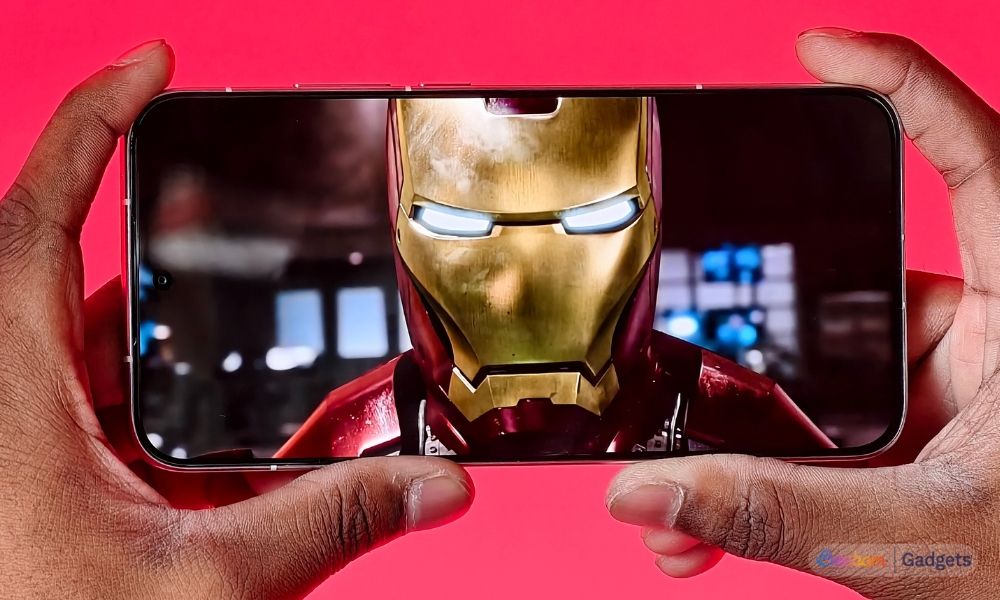
The display produces good colours and is sharp, thanks to the 1.5K resolution. The bezels are minimal all around, and the overall experience is smooth and responsive. While the phone doesn't get as bright as, say, the Nothing Phone (3a) Pro, it still gets plenty bright to be legible under direct sunlight.
Poco F7 Performance Tested
- Qualcomm Snapdragon 8s Gen 4 octa-core chipset
- 12 GB LPDDR5X RAM + 256 GB UFS 4.1 storage
- 6,000mm2 steel vapour chamber to keep things cool
The Snapdragon 8s Gen 4 in the Poco F7 had no issues handling any task I threw at it. The performance, for the most part, was snappy, and the phone was super smooth to use on a daily basis. However, as you may have already guessed from our verdict, the device suffers from HyperOS's lacking optimisations.
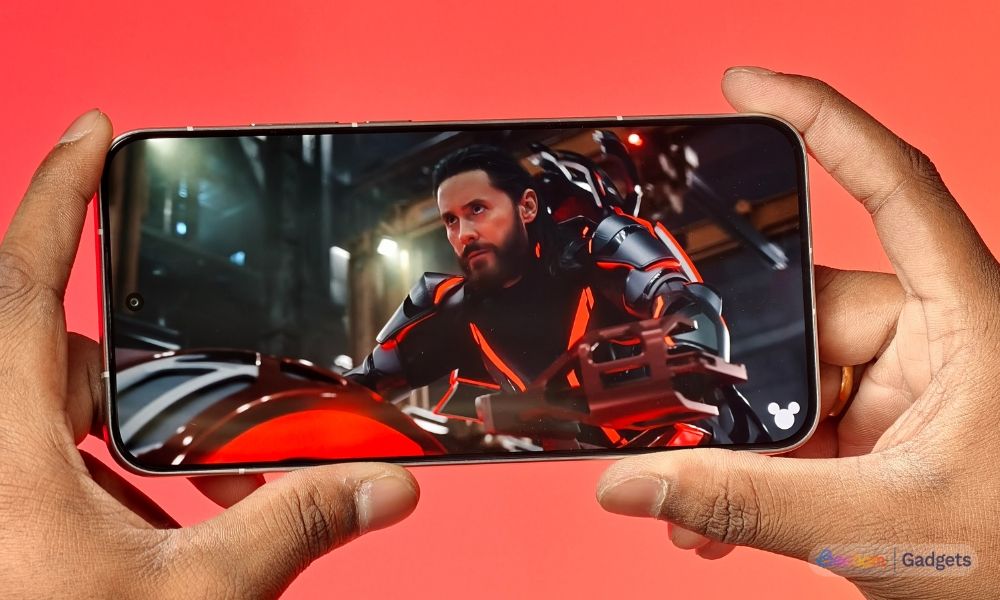
While we had no issues with opening and closing apps, the apps would refuse to stay in the background for longer. This was still the case with battery optimisations turned off, which affects the overall user experience. This probably has less to do with the Snapdragon 8s Gen 4 and more about HyperOS lacking polish.
Gamers, however, are in for a delight as the phone performed well in our real-world tests. We tested Genshin Impact, COD Mobile and BGMI on it, and the gameplay was smooth. Genshin Impact starts off at a constant 120 FPS but drops to 90 FPS after throttling, when there are intense fights. Do note that Genshin only supports a maximum frame rate of 60 FPS on Android, and the Poco F7 dials it up with frame rate interpolation.
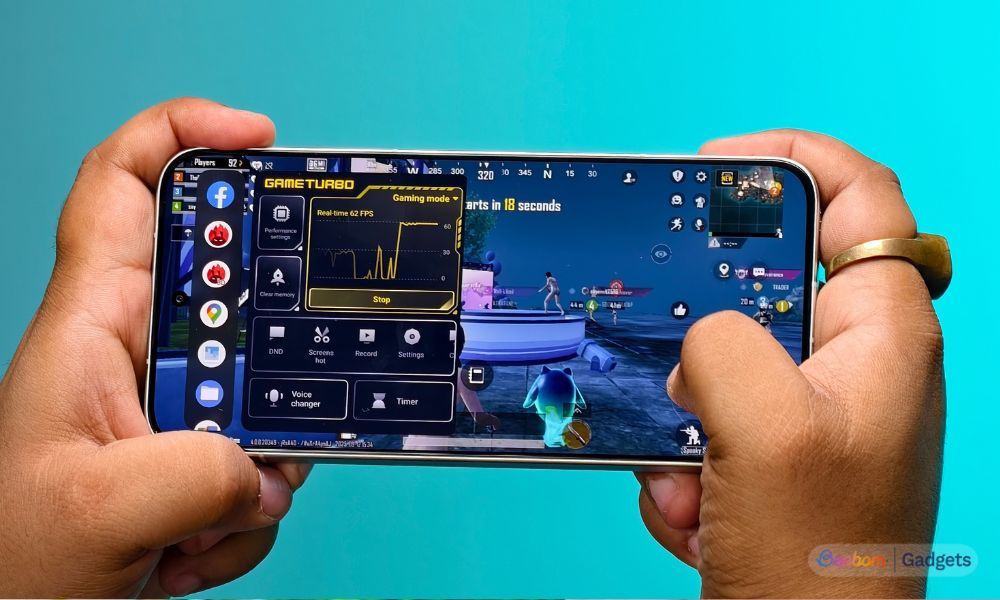
In FPS games like COD Mobile and BGMI, the gameplay was mostly smooth. BGMI capped out at 90 FPS, and CODM achieves 120 FPS, which is nice. However, compared to the device's competitors like the iQOO Neo 10, games can run at 144 FPS with frame interpolation, which might be better if you're chasing frame rates.
Overall, the Poco F7 is a great performer, which is expected in its category. However, the software sometimes doesn't complement the 8s Gen 4, degrading the overall user experience.
Poco F7 Software experience
- Runs HyperOS 2 based on Android 15
- 4 years of major Android software updates
- Bloatware that can largely be uninstalled
Alright, where do I begin? Okay, the software experience on the Poco F7 has been a mixed bag for me. The phone runs HyperOS 2 based on Android 15, but will receive four years of major Android updates. Now, long-term software support is a win for consumers, but Poco's software updates track record has not been the cleanest. Moreover, with the firm losing its head to Nothing, these are tough times. We can only hope that the firm seeds updates a bit quicker to its devices.
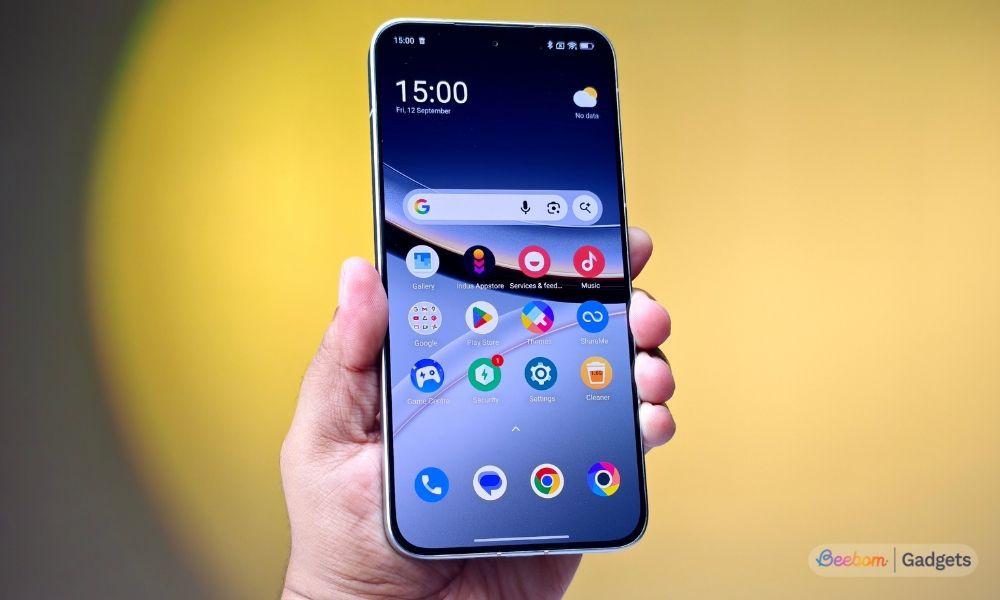
HyperOS still has a long way to go when it comes to overall optimisations, as it tends to kill background processes quickly, as mentioned earlier. What it also needs to improve is the bloatware on its phones. The Poco F7 came with 9 preinstalled games, 10 apps and Get Apps. While all the bloat is uninstallable, in comparison, 19 apps are all that come preinstalled on Nothing Phones, Pixels or even the less expensive Lava devices of late.
Besides, there have been a few recurring bugs, such as the recents section crashing, notifications not expanding and the Quick Settings feeling tad bit slower. Also, Poco needs to work on the overall look of the operating system, as it barely looks aesthetic. Competitors have stepped up their game, and it's time Xiaomi and Poco do it too with HyperOS 3.
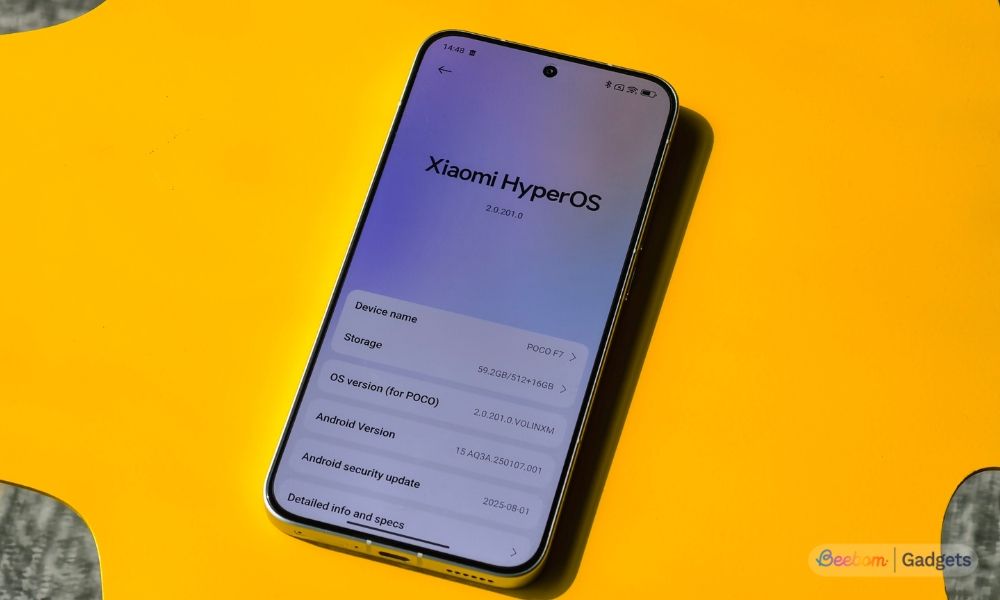
Well, the good news is that HyperOS 3 features have already been announced. Some of them include new icons and more customisation options, which could elevate the overall user experience on the F7. To conclude, a cleaner software experience is the least users can ask, and while the Poco F7 struggles to deliver, we're hopeful Poco will do something about it in future updates.
Poco F7 Cameras Tested
- 50 MP Sony IMX882 main camera with f/1.95 aperture and 1/1.95" sensor size
- 8 MP ultrawide camera with 120° FOV, f/2.2 aperture and 1/1.4" sensor size
- 20 MP selfie camera with f/2.2 aperture and 1/4" sensor size
The cameras on the Poco F7 are decent. The primary Sony IMX882 captures good details in ample lighting. However, the phone fumbles at night as it doesn't handle light well. The noise is prominent, colours are a bit saturated than I would've liked.ildi
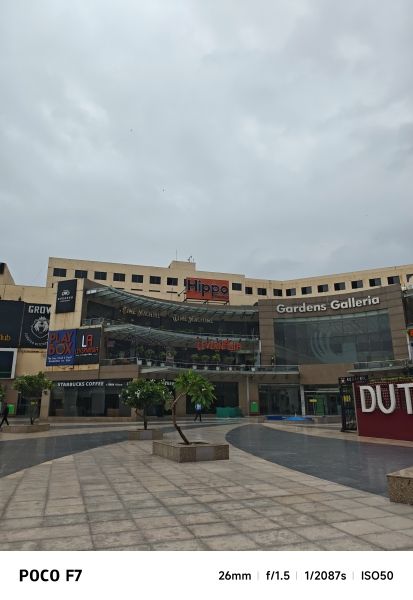
The portraits are okay. In most cases, we found them lacking in details, and the edge detection could also use some work. Most of the pictures that we took on the F7 had a very warm tinge to them.
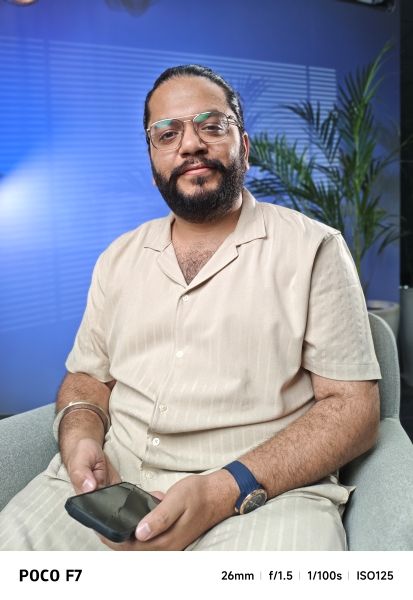
The Ultrawide camera has a noticeable colour shift from the main camera. I like the slightly cooler colours on the ultrawide, but the images that come out lack sharpness when zoomed in due to its lower resolution.
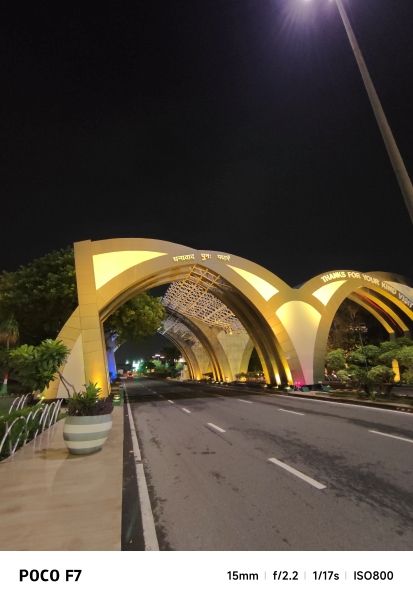
The overall processing is quite inconsistent. It tends to significantly bump up the contrast in some scenarios, making the photos look a bit artificial.
The selfies come out pretty natural, and the shadows are generally well preserved. Skin tones are slightly red-ish and warmer, again, but overall, it does a fairly decent job at capturing good pictures.

The main camera can record up to 4K 60fps videos, but the stability could've been better. The footage has prominent jittering, which makes it look average at best.
All in all, the cameras on the Poco F7 are usable, but they won't blow you away. There's still room for better post-processing and calibration, and we hope Poco seriously fixes the overly warm tones in the images.
Poco F7 Battery & charging
- 7,550mAh Lithium-ion battery with 90W wired charging
- 22.5W reverse wired charging, charge other devices including laptops
- 0-100% in around an hour with the included 90W charger
Despite boasting a much larger battery in its price segment, the Poco F7's battery was surprisingly only decent at best. Don't get us wrong, the phone lasts for almost 8 hours on regular usage, but we expected it to last for at least 9-10 hours considering the massive size of the battery.

Our day with the phone involved using YouTube, Rapido, streaming music, browsing on Chrome and using Slack. It left us with 19% charge left in the tank with around 7.5 hours of screen time. The overall battery life did improve a few days down the line to 8 hours, but still nowhere near what we expected.
It's worth noting that during our day-to-day testing, we did not push the device to extreme limits, which could have resulted in even lower battery numbers. We hope Poco figures out what's causing this, but otherwise, the phone still offers solid device battery longevity.
Bottom Line: Should you buy the Poco F7?
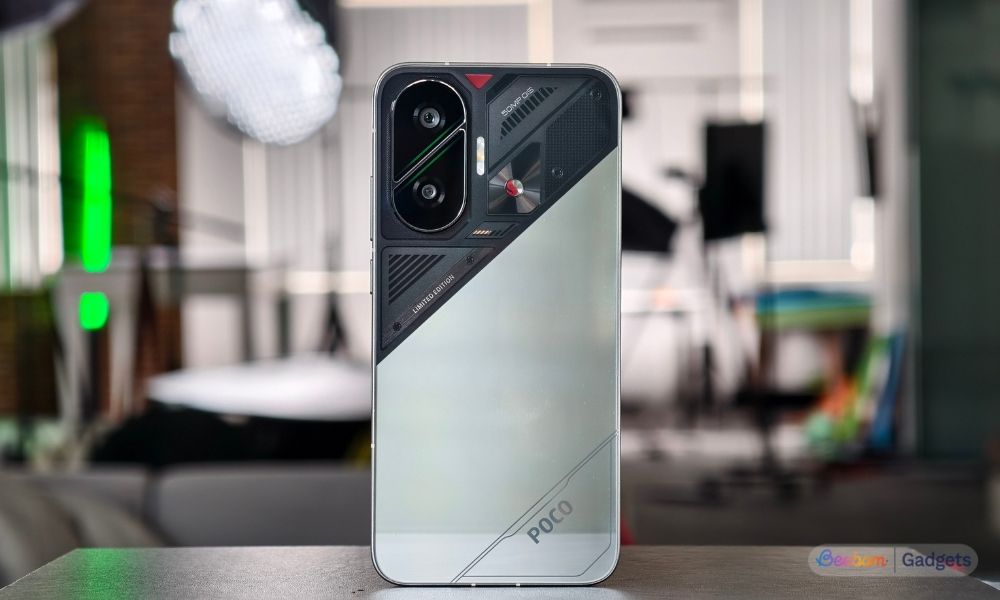
Overall, the Poco F7 makes up for a compelling option if you're looking for a phone that performs well in gaming and heavy tasks. You get a unique design with a good display and a solid glass build. However, the device struggles in the camera department and its ability to deliver slightly better battery life would have made it the best phone under Rs 30,000 to buy, hands down.
HyperOS still needs tons of tuning and polish as it lacks optimisations and may feel a bit outdated. The Poco F7 is also heavy, which may irk some users. All in all, if you're looking for a performance-centric device in the sub-Rs 30,000 segment, the Poco F7 is up there as one of the best devices you can buy, considering you're willing to sacrifice the cameras and clean software experience.

| Partner | Offer Applicable for | Offer Value | Final Value |
|---|---|---|---|
| Flipkart SBI | Credit Card | ₹1,599 cashback | ₹30,400 |
| Flipkart Axis Bank | Credit Card | ₹1,599 cashback | ₹30,400 |
| Flipkart Axis Bank | Debit Card | ₹750 cashback | ₹31,249 |
| Flipkart Bajaj Finserv Insta EMI | Credit Card(EMI) | ₹200 off | ₹31,799 |
Disclaimer: The price & specs shown may be different from actual. Please confirm on the retailer site before purchasing.


